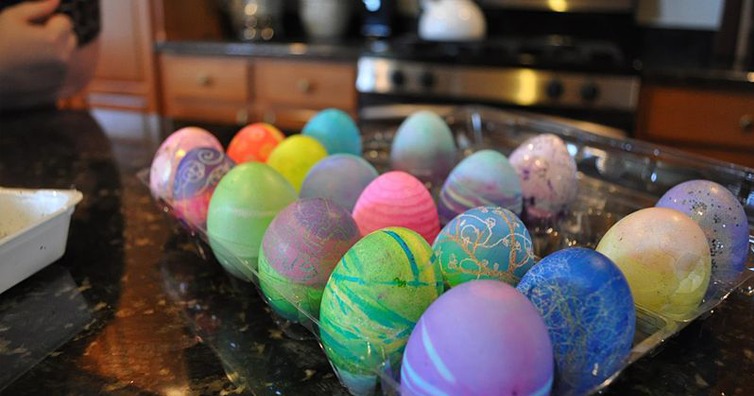It’s one of the most popular Easter traditions for both the Catholic and the Orthodox Christians; the dyeing of eggs. And it’s not just a Christianity thing. Persians, for instance, have been painting eggs on Nowruz, the Persian New Year celebrations, a tradition that is still celebrated today by modern day Iranians.
But what’s the deal with egg dyeing? From where does this tradition come from?
Well, let’s find out. (the article continues after the ad)
AN ANCIENT SYMBOL OF LIFE
Painting hard-boiled eggs is a pagan tradition used to symbolize new life and it’s associated with various pagan festivals celebrating spring. This comes as no surprise as eggs have been an ancient symbol of life for ages. The reason why people have always associated spring with re-birth is simple: spring follows winter and restores life since Earth is able to produce goods once again.
FROM PAGAN TRADITION TO A SYMBOL OF CHRISTIANITY
As Christianity started to expand throughout Europe, egg dyeing was adopted in order to symbolize Christ’s resurrection. It is believed that red was chosen because it represented Christ’s blood but the truth is, that red was used because red paint was widely available at the time. One more thing that added to their establishment as an Easter tradition was the fact that eggs were considered a forbidden food during Lent, therefore people started painting and decorating eggs in order to celebrate the end of the Lenten season.
As time went by, it became a tradition and that’s why we even today, dye eggs for Easter.
If you like what you read, then you will definitely love this one: How The Polynesian ‘Easter Island’ Got Its Name And Its Weird Statues
Main Article Photo: saeru / Flickr
Photoshop: I’m A Useless Info Junkie
Sources: Easter Eggs: History, Origin, Symbolism And Traditions | Easter Symbols and Traditions | History of the Easter Egg



